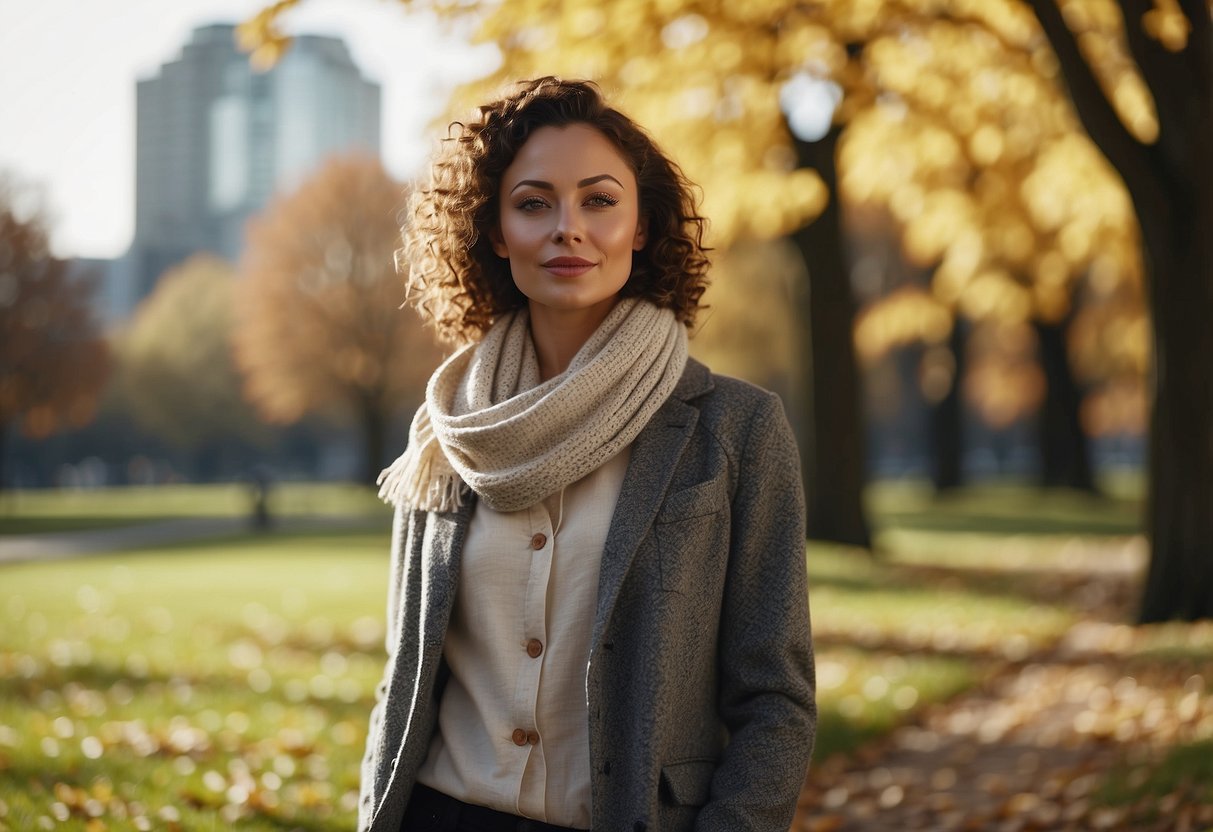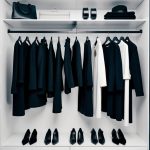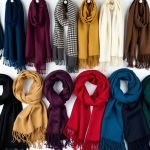
Transitional Outfit Ideas
In transitional weather, having adaptable outfits is crucial. Start with a basic t-shirt as the foundation. On cooler mornings, add a light jacket or cardigan. As temperatures rise, these layers can be easily removed.
Sweaters paired with jeans or chinos offer another versatile option. On colder days, layering a cardigan over the sweater provides additional warmth without bulk. For wet weather, incorporating a stylish raincoat keeps the outfit both functional and fashionable.
Mixing textures and fabrics adds depth to transitional outfits. Think cotton t-shirts with wool cardigans or denim jackets. This creates visual interest and adaptability, ensuring comfort across varying temperatures.
By thoughtfully blending pieces that offer both fashion and practicality, individuals can navigate transitional weather with confidence and style.
Balancing Proportions and Silhouette
Achieving the right balance and silhouette is crucial in layering outfits. It enhances personal style while ensuring outfits remain stylish and well-proportioned.
Layering for Different Body Types
When it comes to different body types, understanding proportions helps in creating flattering silhouettes. For instance, those with a pear-shaped body may benefit from adding layers that broaden the upper body, such as structured jackets or statement scarves. This creates a balanced look.
In contrast, individuals with an apple-shaped body might opt for longer tops or cardigans that elongate the torso. This draws attention away from the midsection. For those with an hourglass figure, emphasizing the waist with fitted layers can enhance the natural silhouette.
Each body type has its unique needs. Therefore, experimenting with different types of layering pieces, such as vests, blazers, and coats, helps in finding the perfect balance. The key is to highlight the best features while maintaining proportion.
Creating a Cohesive Look
Creating a cohesive look is about harmonizing the colors, textures, and weights of different layers. For example, pairing a chunky knit sweater with a lightweight blouse ensures that the outfit doesn’t become overwhelming. Similarly, combining sleek, structured pieces with softer fabrics helps in maintaining an elegant silhouette.
Accessorizing also plays a significant role. Using belts to cinch the waist can help maintain proportion, especially when dealing with bulky outer layers. Choosing complementary colors and patterns enhances the overall aesthetic cohesiveness.
Furthermore, understanding the interplay between different layers is essential. Shorter layers over longer ones create depth and interest without distorting proportions. It’s important to ensure that each piece contributes to a balanced silhouette, making the entire ensemble look thoughtfully put together.
Color Coordination and Patterns
Color coordination and patterns play an essential role in creating a cohesive and visually appealing layered outfit. Thoughtful color choices and pattern mixing can enhance your wardrobe’s versatility and add depth and interest to your look.
Mixing Colors
Achieving a balanced and stylish layered ensemble starts with mixing colors effectively. Consider using complementary colors, such as blue and orange or green and red, to create a striking contrast. For a more harmonious look, stick to analogous colors like blue and green or yellow and orange. Mixing neutral tones, like black, white, gray, and beige, can help ground more vibrant pieces and provide a sophisticated touch.
Experimentation is key to discovering your unique style. Pairing bold colors with subtler shades can add visual interest without overwhelming the outfit. When introducing a new color, accessories like scarves, hats, or belts can serve as the perfect starting point. This allows for a more controlled integration of different hues into your ensemble.



